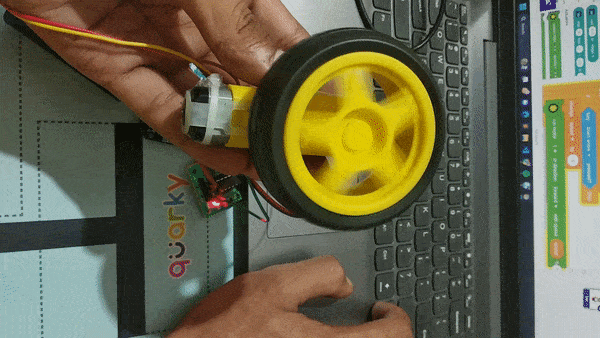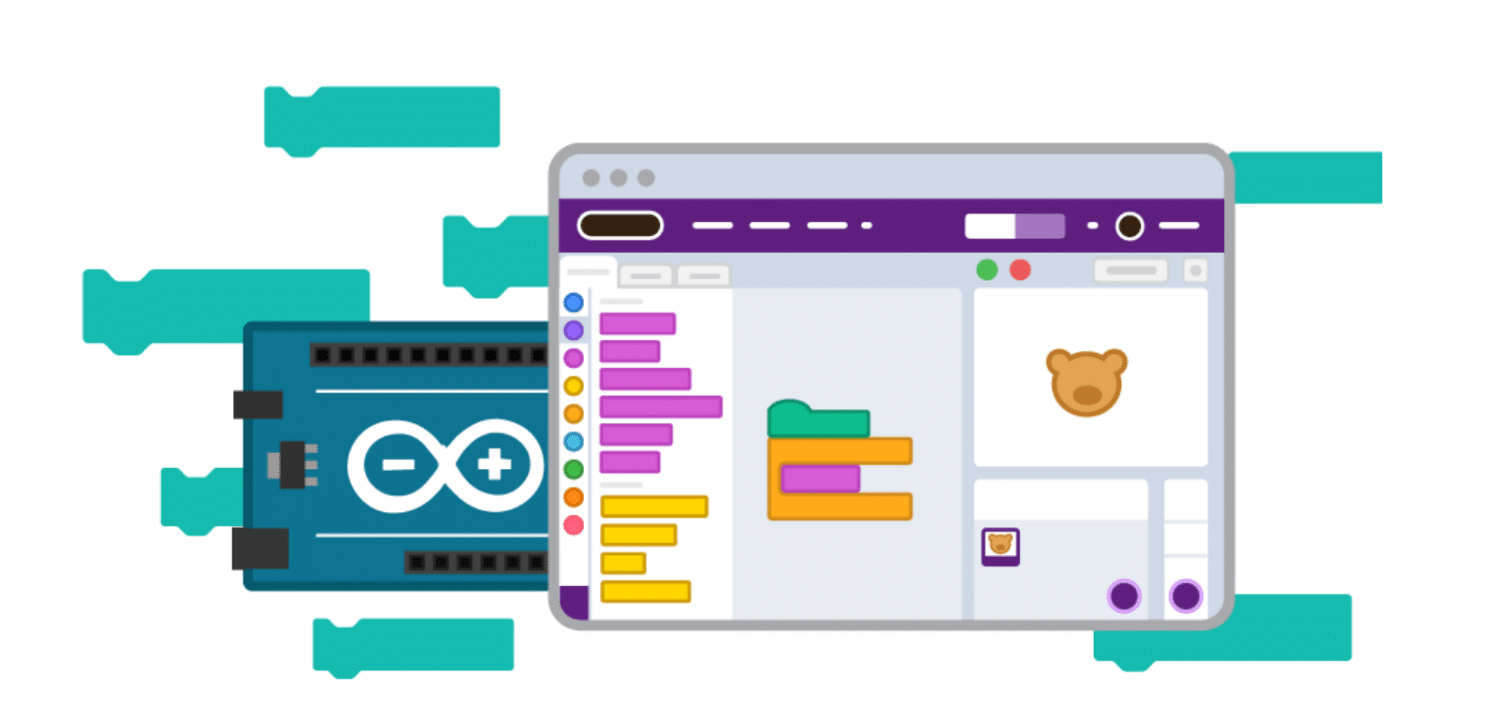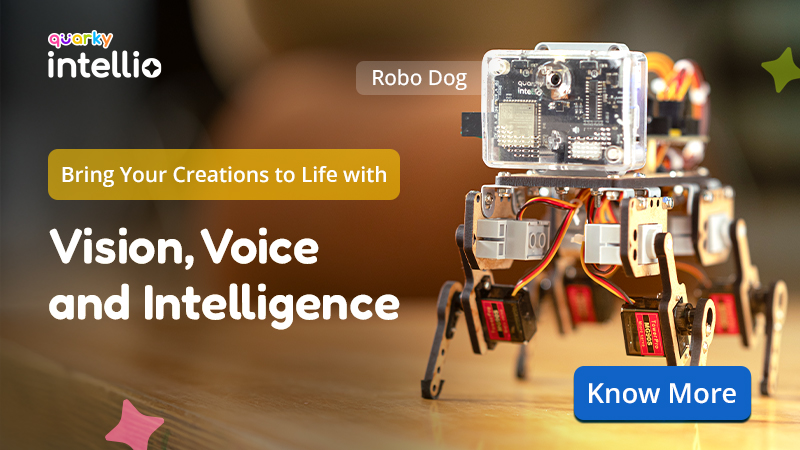Arduino – Uno, Nano & Mega

Extension Description
Control the inbuilt functionalities of Arduino such as the digital and analog Input/Output, tone, and timer.
-
 Available in: Block Coding
Available in: Block Coding
-
 Mode: Stage Mode, Upload Mode
Mode: Stage Mode, Upload Mode
-
 WiFi Required: No
WiFi Required: No
-
 Compatible Hardware in Block Coding: Arduino Uno, Arduino Mega, Arduino Nano
Compatible Hardware in Block Coding: Arduino Uno, Arduino Mega, Arduino Nano
-
 Compatible Hardware in Python: Not Applicable
Compatible Hardware in Python: Not Applicable
-
 Object Declaration in Python: Not Applicable
Object Declaration in Python: Not Applicable
-
 Extension Catergory: Arduino
Extension Catergory: Arduino
Introduction
The Arduino extension allows you to control the inbuilt functionalities of the Arduino board (Arduino Uno, Arduino Mega, and Arduino Nano) such as the digital and analog Input/Output, tone, and timer.
Read More
PictoBlox Blocks
This block reads the value from the analog pins of boards such as Arduino Uno, Arduino Mega, or Arduino Nano. It returns the 10-bit resolution of the analog pin, with a range of 0 – 1023, which is mapped to the voltage of the pin (usually 0 – 5V). For example, if the value received is 512, then the voltage is roughly 2.5V.
All articles loaded
No more articles to load
Block Coding Examples
All articles loaded
No more articles to load
Table of Contents













